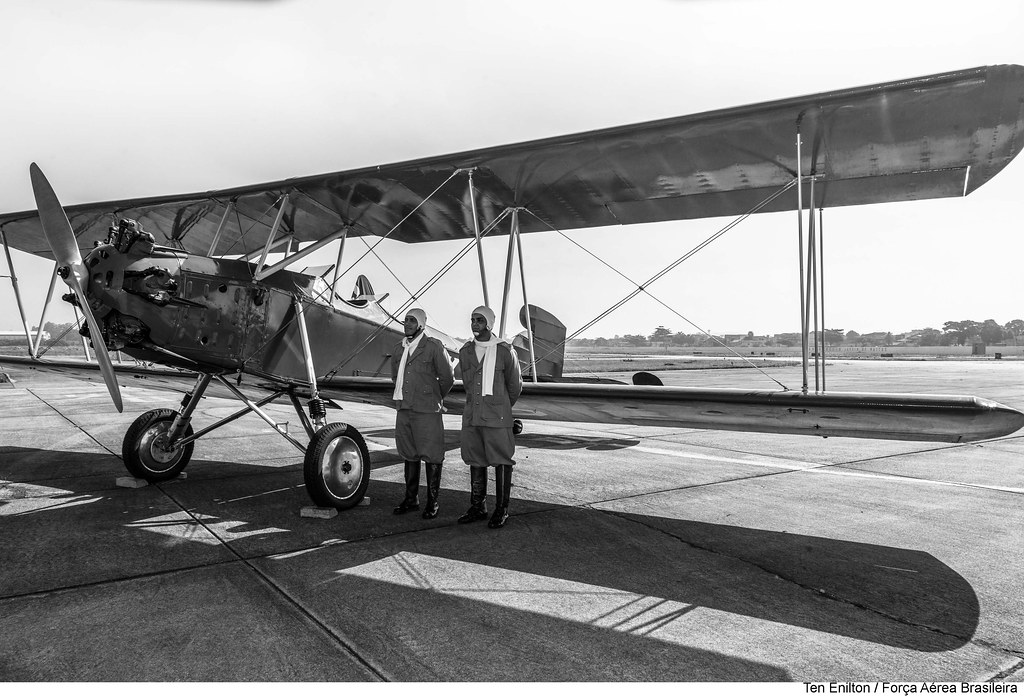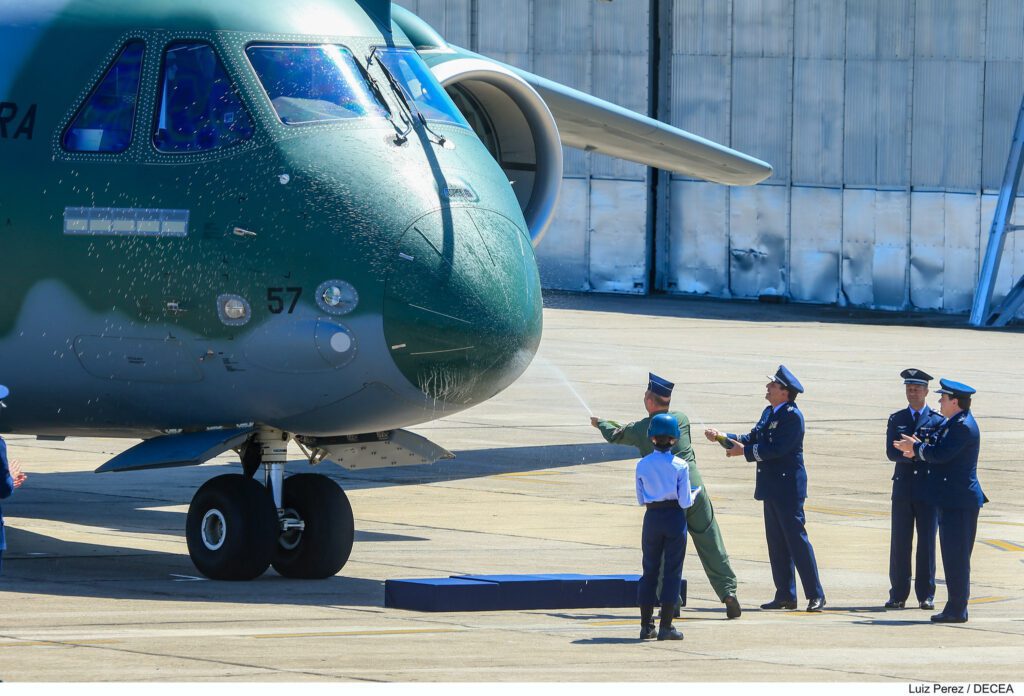June 12th recalls one of the most celebrated missions of Transport Aviation: the National Air Mail (CAN)
The Transport Aviation is responsible for integrating the national territory, with connections, many times, all over the world. It carries out cargo transport missions, transfers sick and injured people who need urgent care, helps fight forest fires, and is always alert to be engaged in the defense of the national territory. Recently, it was fundamental for operations Repatriation (operações Repatriação) and COVID-19. On a daily basis, however, it acts in several other missions. June 12th is dedicated to it: Transport Aviation. The date recalls one of its most famous missions: the National Air Mail (CAN).
On that day, in 1931, Lieutenants Nelson Freire Lavenére Wanderley and Casimiro Montenegro Filho made what was considered the first CAN flight in history. Aboard a Curtiss Fledgling K-263, they left Rio de Janeiro (RJ) and took a suitcase with two letters to São Paulo (SP). So, 91 years later, Transport Aviation is even more strategic to FAB and to Brazil due to its role, as it covers missions of aerial assault, search and rescue, aeromedical evacuation, in-flight refueling, firefighting, exfiltration and air infiltration.

Altogether, FAB has 13 Air Units that operate in this area, based in Manaus (AM), Belém (PA), Parnamirim (RN), Rio de Janeiro (RJ), Canoas (RS), Campo Grande (MS), Anápolis (GO) and Brasília (DF). For their missions, the squadrons use the KC-390 Millennium, C-130 Hercules, C-105 Amazonas, C-99, C-97 Brasilia, C-98 Caravan, C-95 Bandeirante, U-100 Phenom and, in the near future, the KC-30.
Gordo Squadron more operational

In March 2022, the First Squadron of the First Transport Group (1º/1st GT) received the first two KC-390 Millennium aircraft. On the occasion, the Commander of the Readiness Command, Air Lieutenant Brigadier Sergio Roberto de Almeida, highlighted that the receipt of the freighters by the Gordo (Fat) Squadron is a new phase of the KC-390 deployment at FAB. “This project began in Anápolis and is now in operation in Rio de Janeiro, the cradle of Transport Aviation. This way, the Unit can put into practice everything it has learned during the many years of operation with the C-130, becoming more and more efficient,” he said.
Operation Repatriation

Efficiency and versatility are two words that define the KC-390. Because of this versatility, the largest multi-mission military aircraft in the southern hemisphere was chosen to repatriate Brazilians who left the Ukraine because of the war. “On the way to Warsaw, Poland, where the passengers embarked, the aircraft carried about 12 tons of humanitarian aid donations to the European country. After disembarking the cargo, the space was reconfigured to offer an extra bathroom, meals and enough conditions for everyone to return to Brazil with the maximum comfort possible,” explained the aircraft commander in the mission, Major Anderson Dias Santiago.
Acquisition of two KC-30s

Aiming at an even bigger jump in the Transport Aviation operation, FAB signed on April 18, the contract for the acquisition of two aircraft model A330-200 (KC-30), compatible with the military version A330 MRTT (Multi-Role Tanker Transport). The company Azul S.A. was declared the winner for meeting all the requirements of the bidding, with an offer of R$ 375 million reais, at the current quotation. The acquisition aims to supply FAB’s operational needs in strategic actions, such as in-flight refueling (REVO), logistical air transport (of cargo and passengers) and humanitarian aid. In situations of public calamity, such as natural disasters, pandemics or medical emergencies, the aircraft can also perform Aeromedical Evacuation Missions (EVAM) of large numbers of patients.
A strategic multi-mission transport and REVO vector is characterized by its ability to carry passengers in a conventional commercial cabin and a large volume of cargo in the holds on long-haul flights. The same cabin can be quickly reconfigured to fulfill aeromedical evacuation missions, i.e., molded according to operational needs, with great flexibility.
Thus, by combining the operational potential of the aircraft already in service and those soon to be incorporated into the squadrons, FAB can guarantee even more effectively the maintenance of airspace sovereignty and the integration of the national territory, with a view to homeland defense.
*** Translated by DEFCONPress Team***
